Sharpening a Drill Bit with a Hand File: Step-by-Step Guide

Drill bits are essential tools for any DIY enthusiast or professional. However, over time, drill bits can become dull and less effective. Instead of automatically replacing a dull drill bit, you can easily sharpen it with a hand file. This step-by-step guide will walk you through the process of sharpening a drill bit with a hand file, allowing you to extend the life of your drill bits and save money.
Step 1: Gather the necessary tools and materials. To sharpen a drill bit with a hand file, you will need a hand file, safety goggles, and a vise or clamp to secure the drill bit.
Step 2: Put on your safety goggles to protect your eyes from any metal shavings that may fly off during the sharpening process. Safety should always be a top priority when working with tools.
Step 3: Secure the drill bit in a vise or clamp. This will ensure that the drill bit remains steady and secure while you sharpen it with the hand file. Make sure the drill bit is positioned in a way that allows easy access to the cutting edges.
Step 4: Take the hand file and position it at a slight angle against one of the cutting edges of the drill bit. Start sharpening the cutting edge by pushing the file in a downward motion. Apply even pressure on the file to remove any dull metal and create a sharp edge. Repeat this process for each cutting edge.
Step 5: During the sharpening process, periodically check the drill bit for sharpness. You can do this by touching the cutting edges with your finger. If the edges feel sharp and smooth, you have successfully sharpened the drill bit. If the edges still feel dull, continue filing until they are sharp.
Step 6: Once you are satisfied with the sharpness of the drill bit, remove it from the vise or clamp and clean off any metal shavings. You can use a brush or a cloth to clean the drill bit and ensure that it is free from any debris.
Note: It’s important to remember that not all drill bits can be effectively sharpened with a hand file. Some drill bits, such as carbide or diamond-coated bits, require specialized sharpening methods. If you are unsure about whether a drill bit can be sharpened with a hand file, consult the manufacturer’s instructions or seek professional assistance.
Sharpening a drill bit with a hand file is a simple and cost-effective way to maintain the performance of your drill bits. By following this step-by-step guide, you can easily sharpen your drill bits whenever they become dull, ensuring that you always have sharp and effective tools at your disposal.
What is sharpening a drill bit?
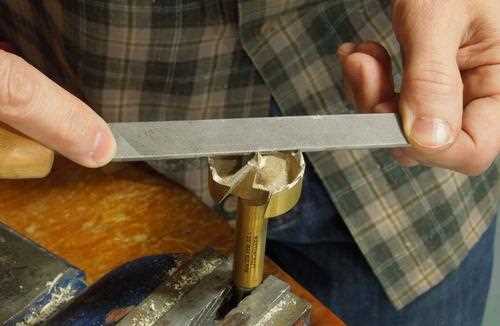
Sharpening a drill bit refers to the process of restoring a dull or worn-out cutting edge on the drill bit. Over time, drill bits can become dull and lose their effectiveness in drilling holes. Sharpening the drill bit involves reshaping the cutting edge to restore its sharpness and efficiency.
A sharp drill bit is essential for clean and precise drilling. When a drill bit is sharp, it can easily cut through materials without excessive force, making drilling faster and more efficient. Additionally, a sharp drill bit produces neater and smoother holes, reducing the likelihood of the drill bit getting stuck or causing damage to the workpiece.
There are several methods to sharpen drill bits, including using a hand file, a bench grinder, or a specialized drill bit sharpening tool. Each method has its advantages and may vary in complexity, cost, and time required.
Sharpening a drill bit with a hand file is a popular method because it is relatively simple and requires minimal equipment. It allows for precise control over the sharpening process and works well for small drill bits.
By learning how to sharpen a drill bit with a hand file, you can save money by extending the lifespan of your drill bits and ensure they consistently perform at their best.
Importance of sharpening
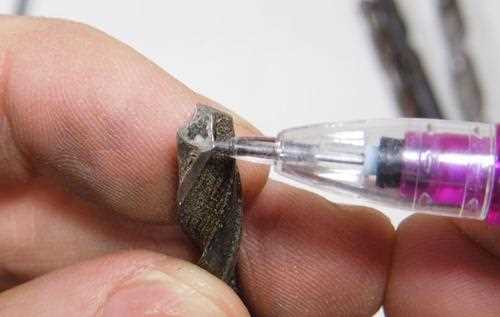
Sharpening a drill bit is an essential maintenance task that should be regularly performed to ensure the longevity and optimal performance of the drill bit. There are several reasons why sharpening is important:
- Improved drilling efficiency: A sharp drill bit can cut through materials with greater ease and efficiency. When a drill bit becomes dull, it requires more force to penetrate the material, resulting in slower drilling speeds and increased wear on the drill itself.
- Extended tool life: By taking the time to sharpen your drill bits, you can significantly extend their overall lifespan. Regular sharpening removes the dull edges and restores the cutting edges, preserving the original geometry of the drill bit.
- Increased precision: Dull drill bits can cause inaccurate holes and burrs. When a drill bit is sharp, it cuts smoothly and cleanly through the material, creating precise holes with minimal effort.
- Cost savings: Sharpening your drill bits can help you save money in the long run. Instead of constantly buying new drill bits, you can maintain and rejuvenate your existing ones by sharpening them. This can be especially beneficial for those who frequently use their drill bits.
- Reduced risk of accidents: Dull drill bits can increase the risk of accidents and injuries. When a drill bit is dull, it may slip or grab onto the material, causing the drill to veer off course or potentially causing the material to break or fly off. Sharpening your drill bits ensures safer drilling operations.
In conclusion, sharpening your drill bits is a simple and cost-effective way to improve your drilling efficiency, extend the lifespan of your drill bits, increase precision, save money, and reduce the risk of accidents. By regularly sharpening your drill bits using a hand file, you can ensure optimal performance and enjoy the benefits of sharp and reliable drill bits.
Gather the necessary tools
- Hand file – You will need a hand file with a fine or medium grit to sharpen the drill bit. A file with a double cut pattern is recommended for better results.
- Safety goggles – It is important to wear safety goggles to protect your eyes from any metal shavings that may fly off during the sharpening process.
- Gloves – Wearing gloves will provide an added layer of protection for your hands and prevent any accidental injuries while handling the drill bit and file.
- Bench vise – A bench vise is needed to securely hold the drill bit in place while you sharpen it. Make sure the vise is tightened properly to prevent any movement during the sharpening process.
- Marker or paint – You will need a marker or paint to mark the cutting edges of the drill bit. This will help you identify the areas that need to be sharpened.
- Bucket of water – Having a bucket of water nearby will allow you to cool down the drill bit during the sharpening process and prevent overheating.
- Cleaning brush – A cleaning brush or wire brush will be useful to remove any debris or metal shavings from the drill bit after sharpening.
What tools do you need?
Before you can begin sharpening a drill bit with a hand file, you will need a few tools to complete the task. Here is a list of the essential tools you should have:
- A hand file – A hand file is the main tool you will need to sharpen the drill bit. Choose a file with fine teeth and a flat surface for best results.
- Clamps or a vise – You will need clamps or a vise to securely hold the drill bit in place while you sharpen it. This will ensure stability and accuracy during the sharpening process.
- Safety equipment – Safety goggles and gloves are essential to protect your eyes and hands while sharpening the drill bit. It is important to prioritize safety and take necessary precautions during any sharpening task.
- A marker or paint – It can be helpful to mark the cutting edge of the drill bit with a marker or paint before sharpening. This will help you maintain consistency and ensure that you sharpen the correct areas of the bit.
- A flat surface – To ensure stability and accuracy, it is recommended to work on a flat surface when sharpening the drill bit. This will provide a solid foundation for the sharpening process and eliminate any unnecessary movement.
Having these tools ready before you start sharpening the drill bit will make the process much smoother and efficient. Make sure to gather all the tools and ensure they are in good working condition before you begin.
Why are these tools important?
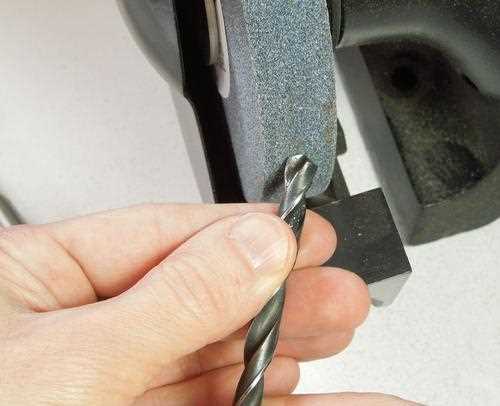
Having the right tools for sharpening a drill bit is crucial for maintaining the effectiveness and longevity of your drill bits. Here are a few reasons why these tools are important:
1. Extend the life of your drill bits
By regularly sharpening your drill bits, you can remove dull edges and restore their original sharpness. This helps to extend the life of your drill bits, saving you money in the long run by avoiding the need for frequent replacement.
2. Improve drilling efficiency
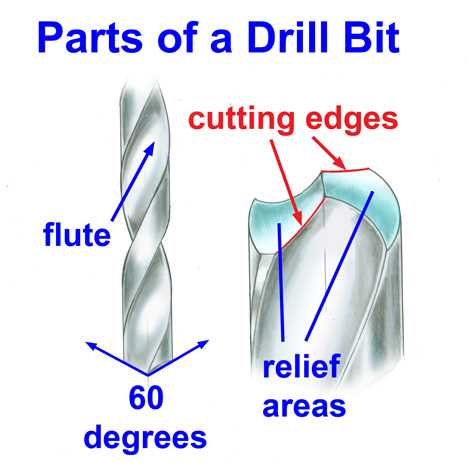
Sharper drill bits cut through materials more easily and efficiently. Dull bits not only require more force to drill, but they also produce inferior results. By sharpening your drill bits, you ensure that they can quickly and cleanly penetrate various materials, allowing for smoother drilling and better overall performance.
3. Save time and effort
When your drill bits are sharp, drilling becomes faster and requires less effort. Sharpened bits can more easily cut through materials without excessive heat buildup or excessive friction, reducing the time and energy needed to complete a task. This is especially important for professionals who rely on drilling tools for their work.
4. Maintain accuracy
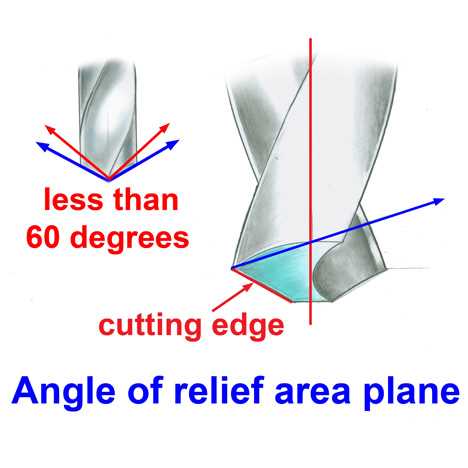
Sharpened drill bits provide better control and accuracy while drilling. Dull bits can easily slip or veer off course, leading to inaccuracies in hole placement. By regularly sharpening your drill bits, you can ensure that they stay sharp and maintain their precision, allowing for more precise drilling and better results.
5. Versatility
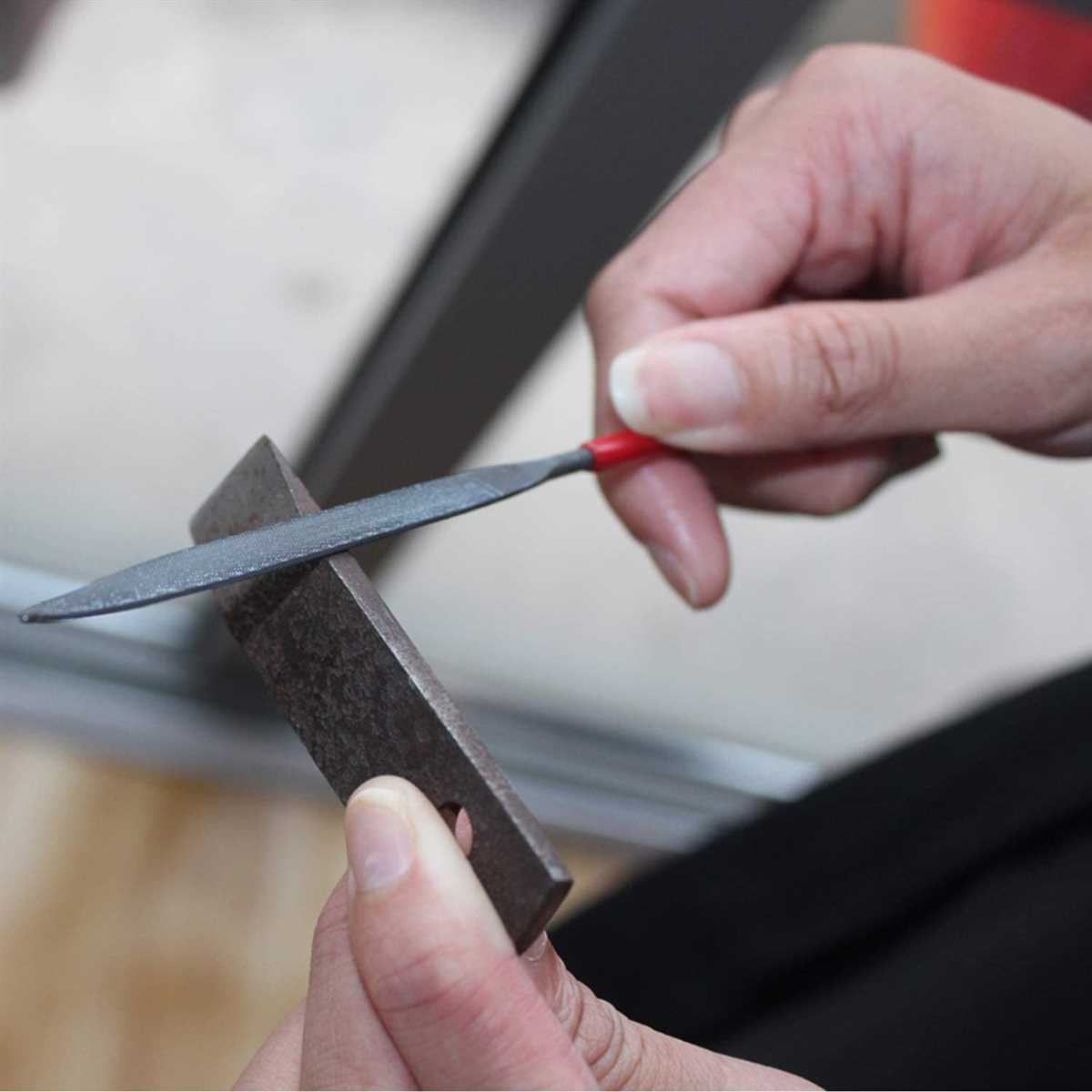
Having the necessary tools for sharpening drill bits allows you to easily maintain and sharpen different sizes and types of bits. Whether you have twist bits, masonry bits, or spade bits, using the right tools will help you properly sharpen and maintain the performance of each type of bit.
By investing in the appropriate tools for sharpening drill bits, you can effectively maintain the quality and performance of your drill bits, saving money, time, and effort in the process.
Prepare the drill bit
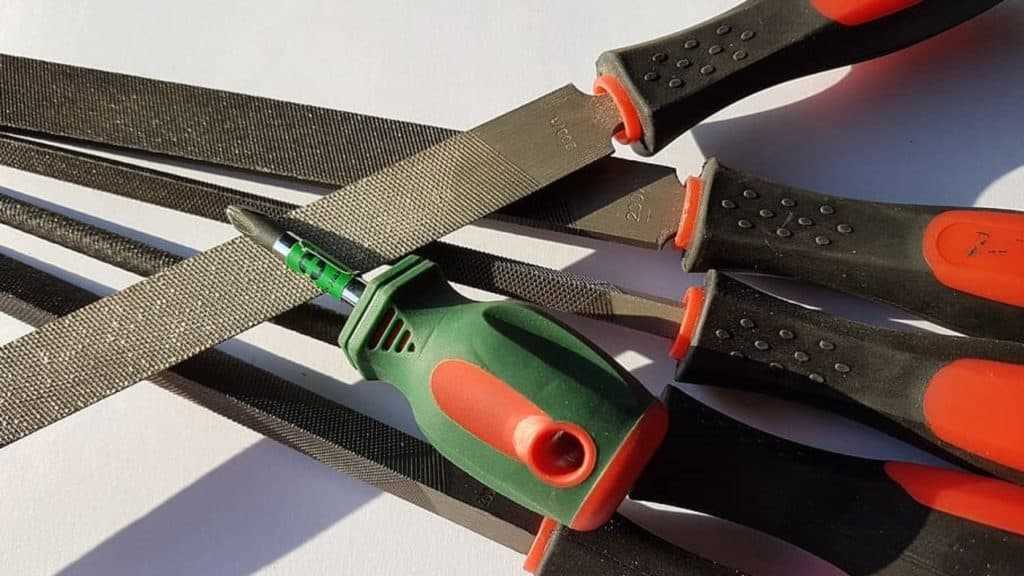
Before you start sharpening the drill bit with a hand file, it’s important to properly prepare the drill bit. Follow these steps:
- Remove the drill bit from the drill: Make sure the drill is turned off and unplugged before removing the drill bit. If the drill bit is stuck, use pliers or a wrench to loosen it.
- Clean the drill bit: Use a wire brush or a cloth to remove any dirt, debris, or rust from the drill bit. This will make it easier to see any imperfections or damage on the bit.
- Inspect the drill bit: Carefully examine the drill bit for any signs of damage, such as chipped edges or excessive wear. If the drill bit is severely damaged, it may not be worth sharpening and should be replaced.
- Secure the drill bit: Place the drill bit in a drill bit holder or clamp to keep it steady while sharpening. This will prevent the drill bit from moving or rotating while you’re filing it.
- Protect your hands and eyes: Wear safety glasses and work gloves to protect yourself from any potential injuries while sharpening the drill bit.
Once you have completed these steps, you are now ready to start sharpening the drill bit with a hand file.
Clean the drill bit
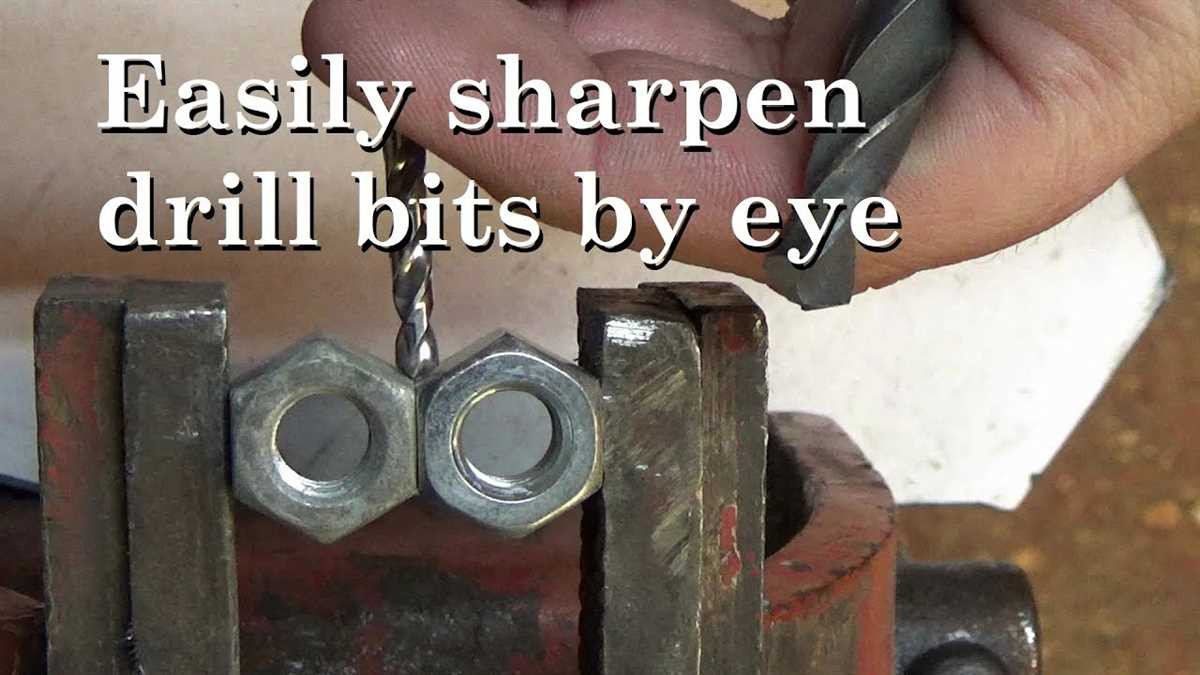
After you have sharpened the drill bit, it is important to clean it properly before using it again. Cleaning the drill bit will help to remove any metal shavings or debris that may have accumulated during the sharpening process.

Here are the steps to clean the drill bit:
- Fill a container with warm soapy water. Make sure the container is large enough to fully immerse the drill bit.
- Place the drill bit in the container and let it soak for a few minutes to loosen any dirt or grime.
- Using a soft brush, such as a toothbrush, scrub the drill bit gently to remove any remaining dirt or debris.
- Rinse the drill bit thoroughly with clean water to remove any soap residue.
- Inspect the drill bit to ensure it is clean and free from any debris.
- Pat the drill bit dry using a clean cloth or paper towel.
It is important to clean the drill bit after sharpening to maintain its quality and performance. By removing any metal shavings or debris, you can ensure that the drill bit will cut smoothly and efficiently.
Inspect for damage
Before beginning the sharpening process, it is important to carefully inspect the drill bit for any signs of damage. This includes looking for any chips, cracks, or dull edges that may affect the performance of the drill bit.
To inspect the drill bit, hold it up to a light source and examine the cutting edges. Look for any irregularities or signs of wear that may indicate damage. If there are any visible chips or cracks, it is best to replace the drill bit rather than trying to sharpen it.
In addition to visual inspection, you can also use your fingers to run over the cutting edges of the drill bit. Be cautious of any rough or jagged surfaces, as this may indicate damage. If you notice any of these issues, it is recommended to replace the drill bit to ensure safe and effective drilling.
Inspecting the drill bit for damage is a crucial step in the sharpening process, as it ensures that you are starting with a bit that is in good condition. By thoroughly examining the drill bit, you can determine whether it is suitable for sharpening or if it needs to be replaced.
Position the drill bit
Place the drill bit on a stable surface, such as a workbench or a vise. Make sure the surface is clean and free from any debris that could interfere with the sharpening process. Alternatively, you can use a drill bit guide or a holder to secure the drill bit in place.
Ensure that the drill bit is positioned in a way that allows you to access the cutting edges easily. The cutting edges should be facing upwards towards you, as you will be filing them to sharpen the bit. If you’re right-handed, it may be more comfortable to position the drill bit slightly to your left.
It’s important to have a firm grip on the drill bit while sharpening it. This will help you maintain control and prevent the bit from slipping or moving while you file it. Avoid placing your fingers too close to the cutting edges to prevent accidental injuries.
Secure the drill bit
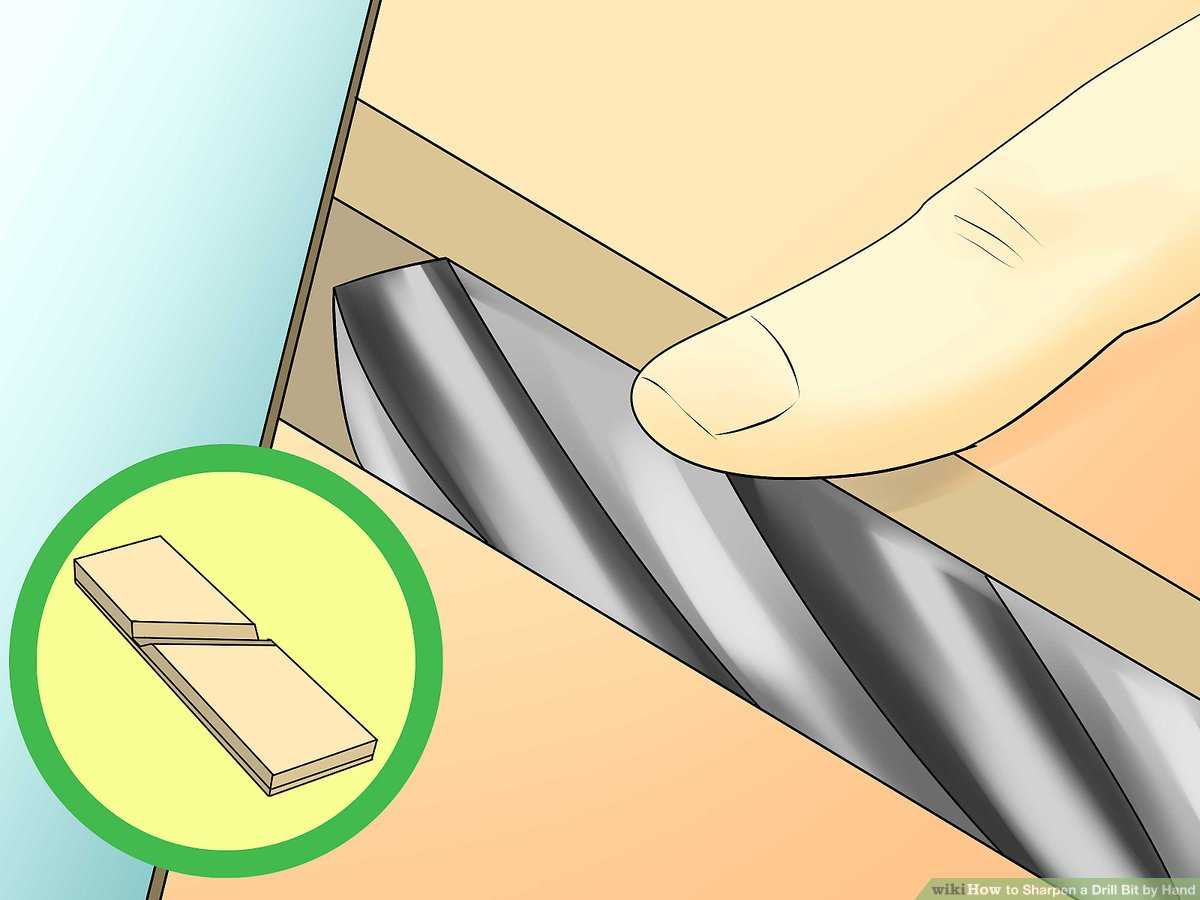
Before you begin sharpening the drill bit, it’s important to secure it in place to prevent any accidents or injuries.
Follow these steps to secure the drill bit:
- Place the drill bit in a vise or a clamp to hold it steady.
- Ensure that the drill bit is held securely and cannot move while you are sharpening it.
- Make sure that the vise or clamp is securely attached to a stable surface, such as a workbench or table.
- If necessary, use additional tools or equipment to ensure the drill bit is held firmly in place.
- Always wear safety goggles and protective gloves while working with the drill bit.
By securing the drill bit properly, you can safely and effectively sharpen it without any risks or accidents.
FAQ:
Why should I sharpen my drill bit with a hand file?
Sharpening a drill bit with a hand file helps to restore the cutting edge of the bit, ensuring it performs efficiently. It also saves you money by extending the lifespan of your drill bit.
Can I use a hand file to sharpen any type of drill bit?
Yes, you can use a hand file to sharpen any type of drill bit, including twist bits, brad point bits, and spade bits. However, for more specialized drill bits like masonry or carbide-tipped bits, it’s better to consult manufacturers’ recommendations.
What tools do I need to sharpen a drill bit with a hand file?
To sharpen a drill bit with a hand file, you will need a bench vise to secure the drill bit, a hand file with a fine or medium grit, a protractor or angle guide to maintain the correct angle, and safety goggles to protect your eyes from sparks and debris.
How can I tell if my drill bit needs sharpening?
If your drill bit is producing dull or inconsistent holes, requires excessive force to cut, or if you notice chipping or wear on the cutting edge, it’s an indication that it needs sharpening. Additionally, if you’re experiencing excessive heat or burning while drilling, it could be a sign of a dull bit.
Video:












